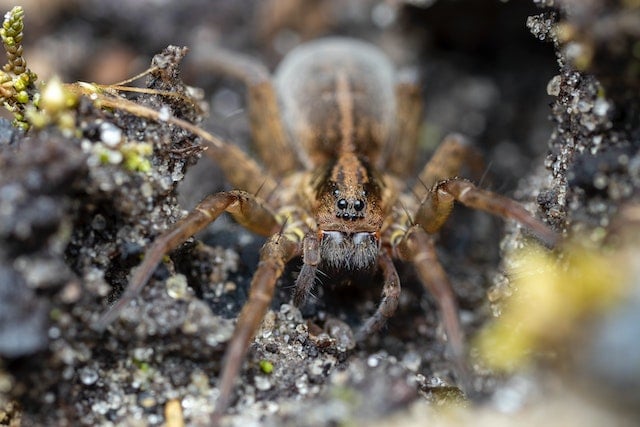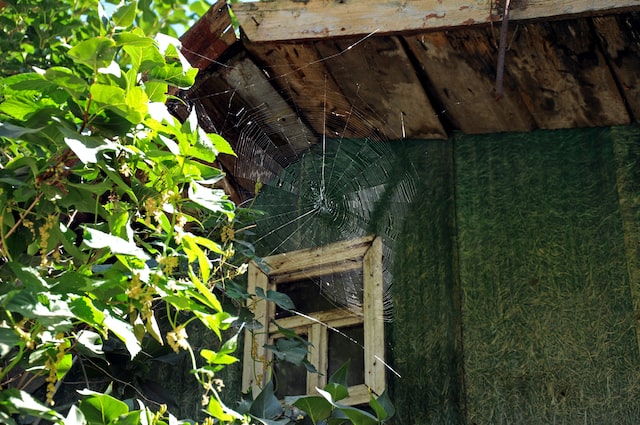Scared of spiders? Be careful, the Netherlands has yet another breed to be wary of (and no, we’re not talking about seniors on e-bikes.)
If you’re looking for some more bad news to distract from the other bad news (housing crisis, inflation, war), well, buckle up.
The number of venomous false wolf spiders, otherwise known as zoropsidae, has increased tenfold in the last five years, reports the NOS.
Venom, wolf, and spider — a great combination
These spiders, often confused with the wolf spider, are venomous creatures, and, while not outwardly aggressive, have the capability to attack in self-defence.
Meaning that you definitely shouldn’t do anything to spook these critters — such as innocently minding your own business in close proximity to them.
Jaws? Spiders have jaws??
False wolf spiders have strong jaws and are able to pierce the skin with their teeth, injecting venom into the blood.
This bite, while painful, is not much different to the sting of a wasp or bee, but can be dangerous to those who are allergic.
Spider expert Andrea Dekkers explains to AD, “It can be severe if you are allergic, but for most people, a bite is not dangerous.”
Keep your hands and feet away — a rolled-up magazine is about to become your new best friend.
Wolf Spiders versus False Wolf Spiders
Our fuzzy little foe is actually playing dress-up. False wolf spiders can be easily misidentified as wolf spiders. The wolf spider is larger than the zoropsidae, and they are almost never found near homes.
However, it can be intimidating not to be able to note the difference, especially when you’ve just found a creepy-crawly hiding under your lovely bed.
The wolf spider lives in burrows in the ground, whereas the false wolf spider lives in its own webs, and, unfortunately, that means you can find the brown fellows in the corner of your house.
Another major difference to note is the difference in eyes — wolf spiders have eight eyes, which include four small eyes lower down on the face, two large eyes above looking forward and two large eyes looking upward.
Meanwhile, the false wolf spider has eight equally sized eyes in two rows — excuse us while we shiver.
While it’s good to know the difference, we wish you good luck and courage if you get close enough to tell!
Why the increase?
Sadly, it looks like the false wolf spider is here to stay. Due to rising temperatures, the spiders have made their way from their native Mediterranean areas, finding homes in countries they might not have normally resided.
As temperatures continue to rise, we will see more and more of our eight-legged enemies, ah-hem, friends, over the next few years.
Now’s the time to invest in a bucket-load of bug repellent, and maybe send a thought of well-wishes out to our poor arachnophobic friends.
Have you ever seen a false wolf spider? Leave a comment and tell us about it!




I just saw this today! The photo in this article is not correct, it shows the wolf spider which has four large eyes on top and four small ones on the bottom. The False wolf spider has two rows of same size eyes. My partner took me from a bush I was 10cm away from this beautiful spider!! Right here in the centre of The Hague so watch out.
Im not sure if I’ve seen one (there are lots of spiders in our home, of various colours, shapes and sizes.) However, I was bit in my sleep recently by something, that made a patch on my leg swell up like a bee sting. ( I am allergic to bees.)